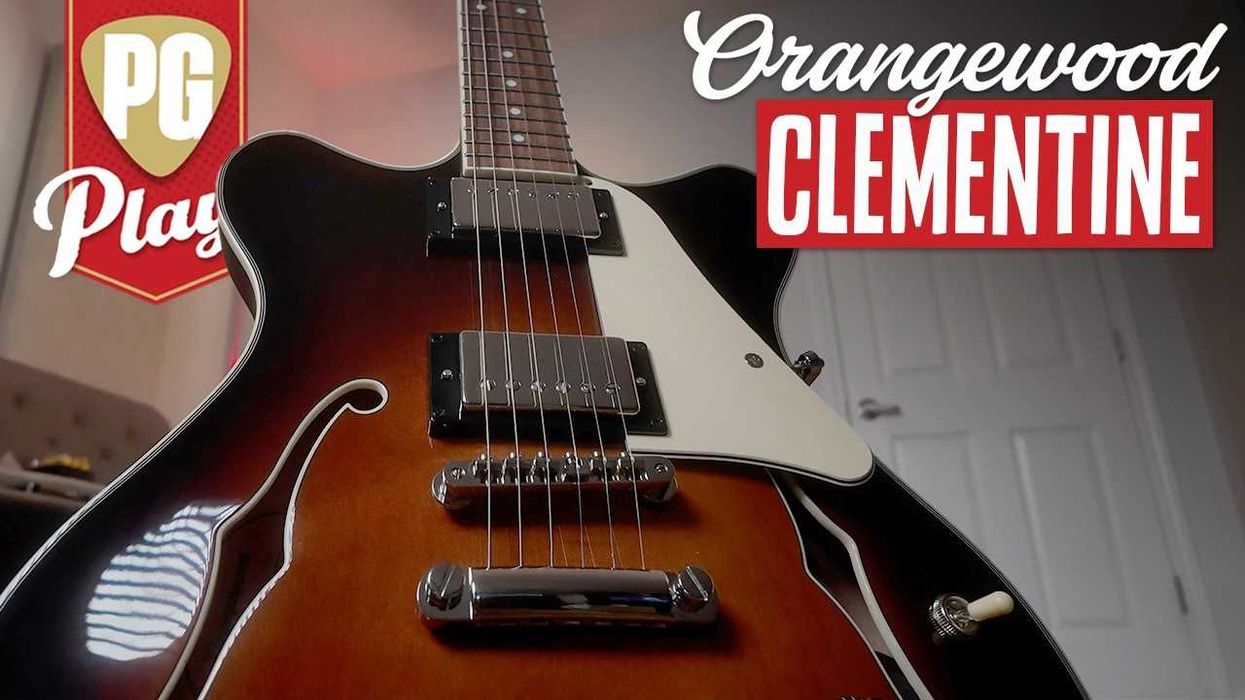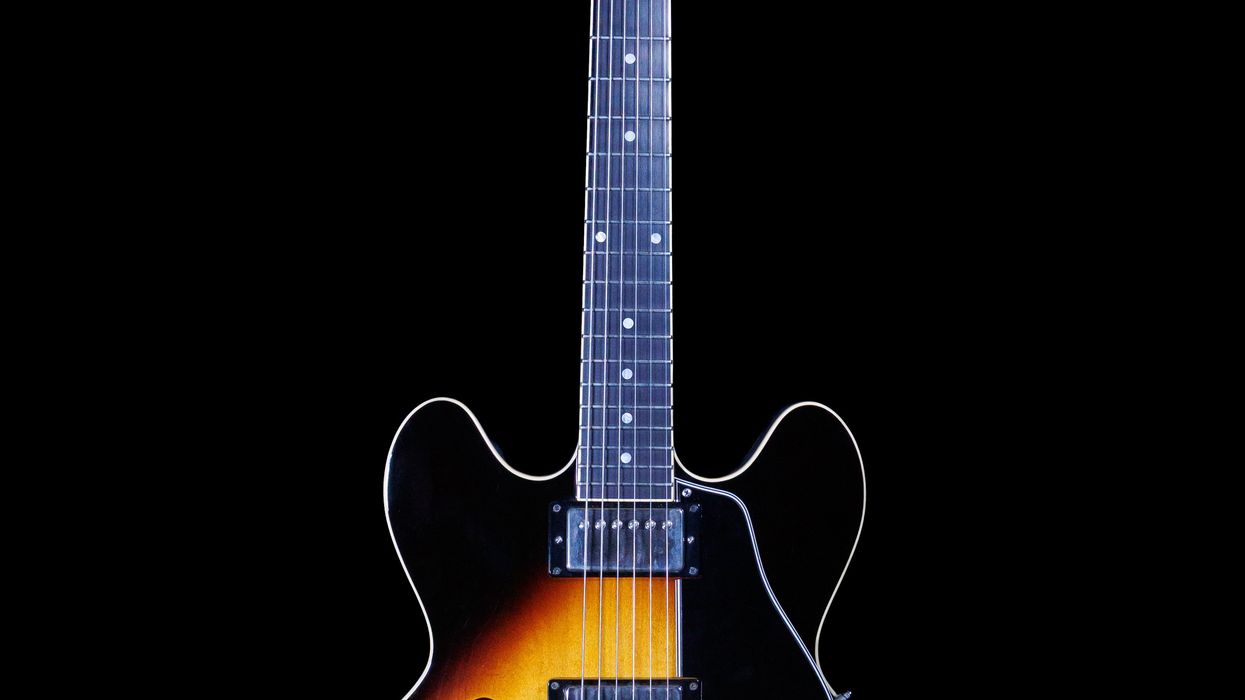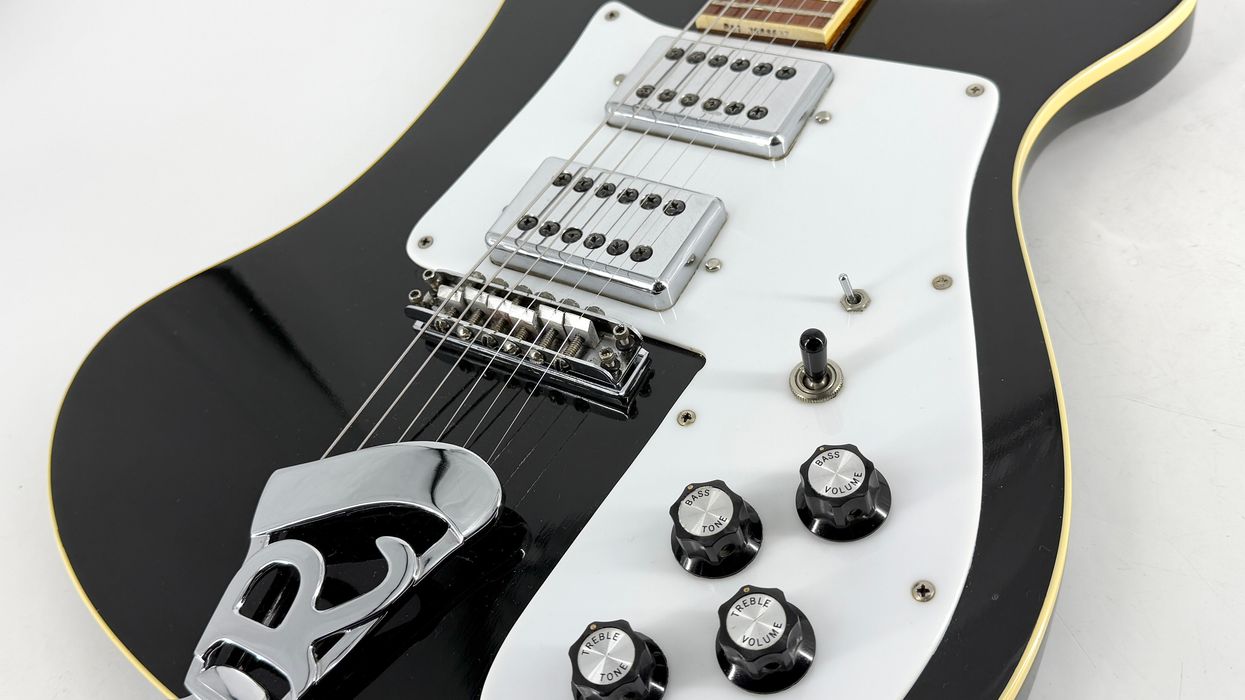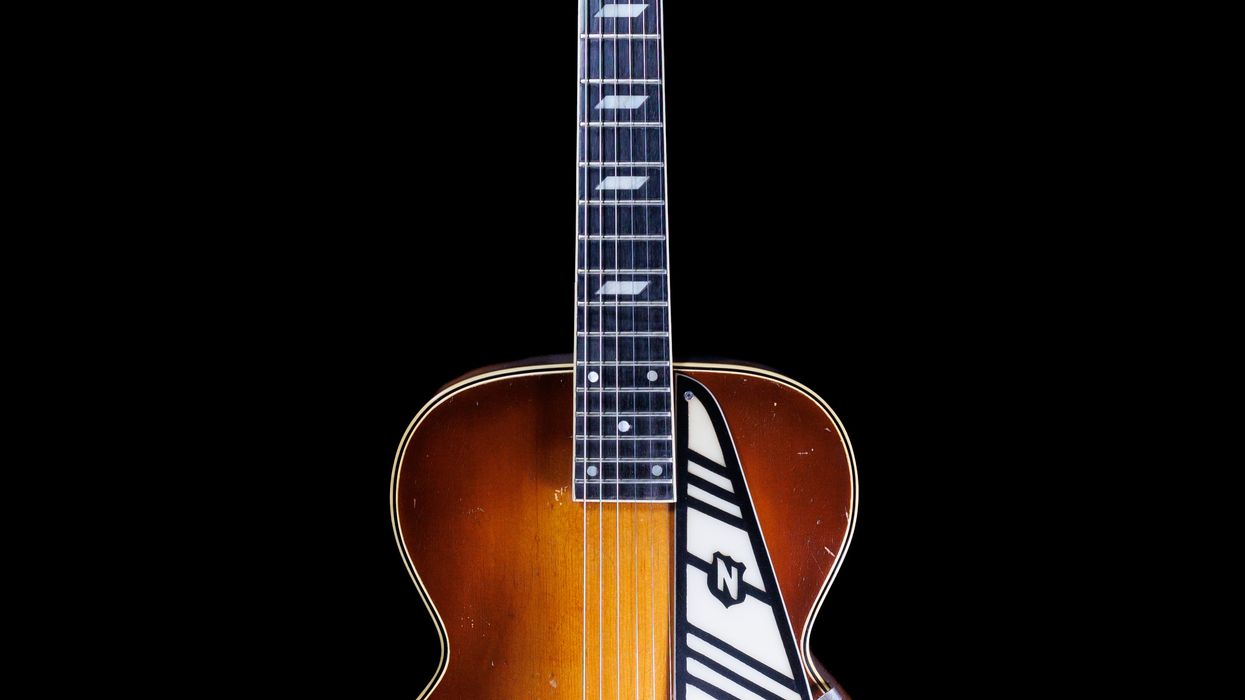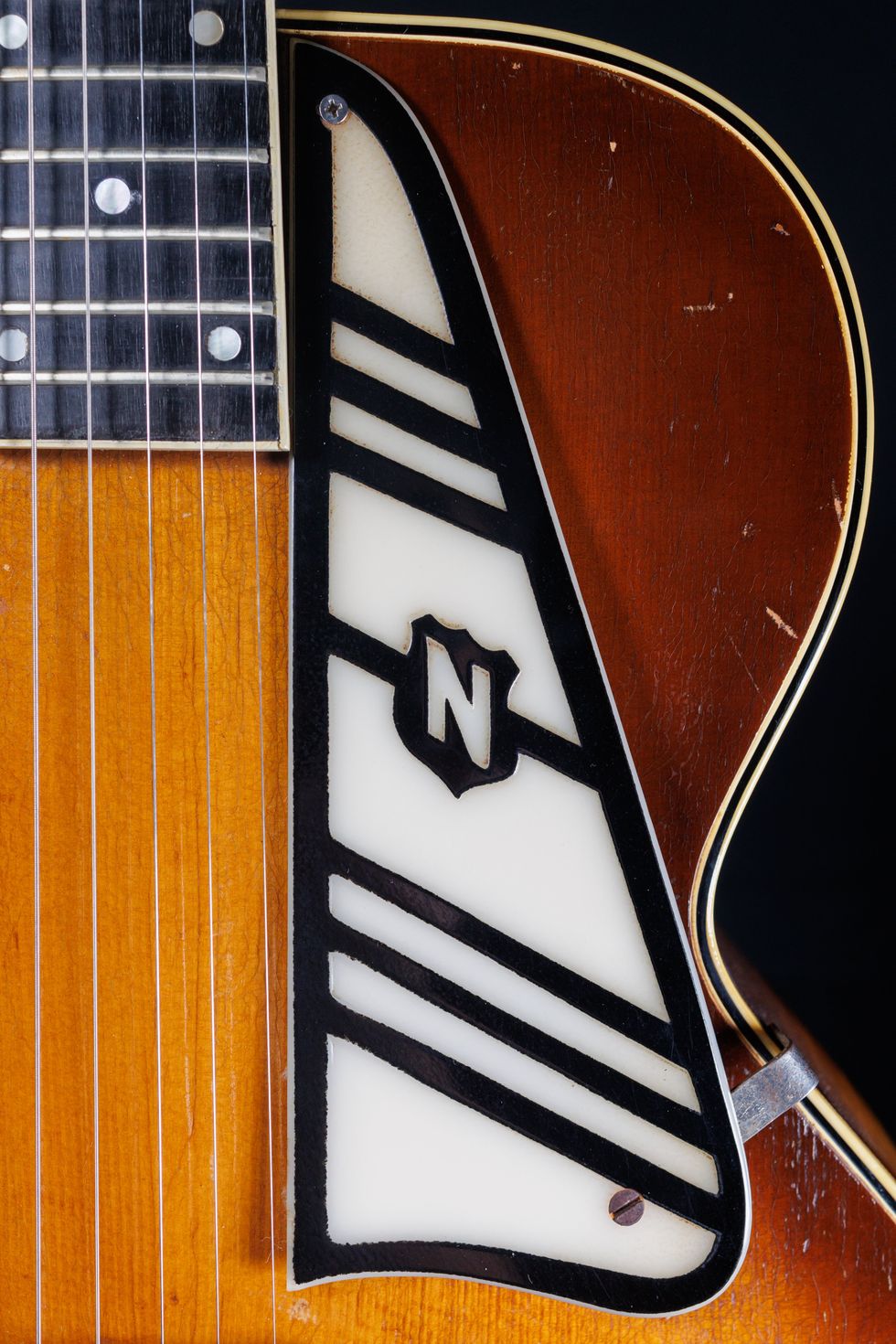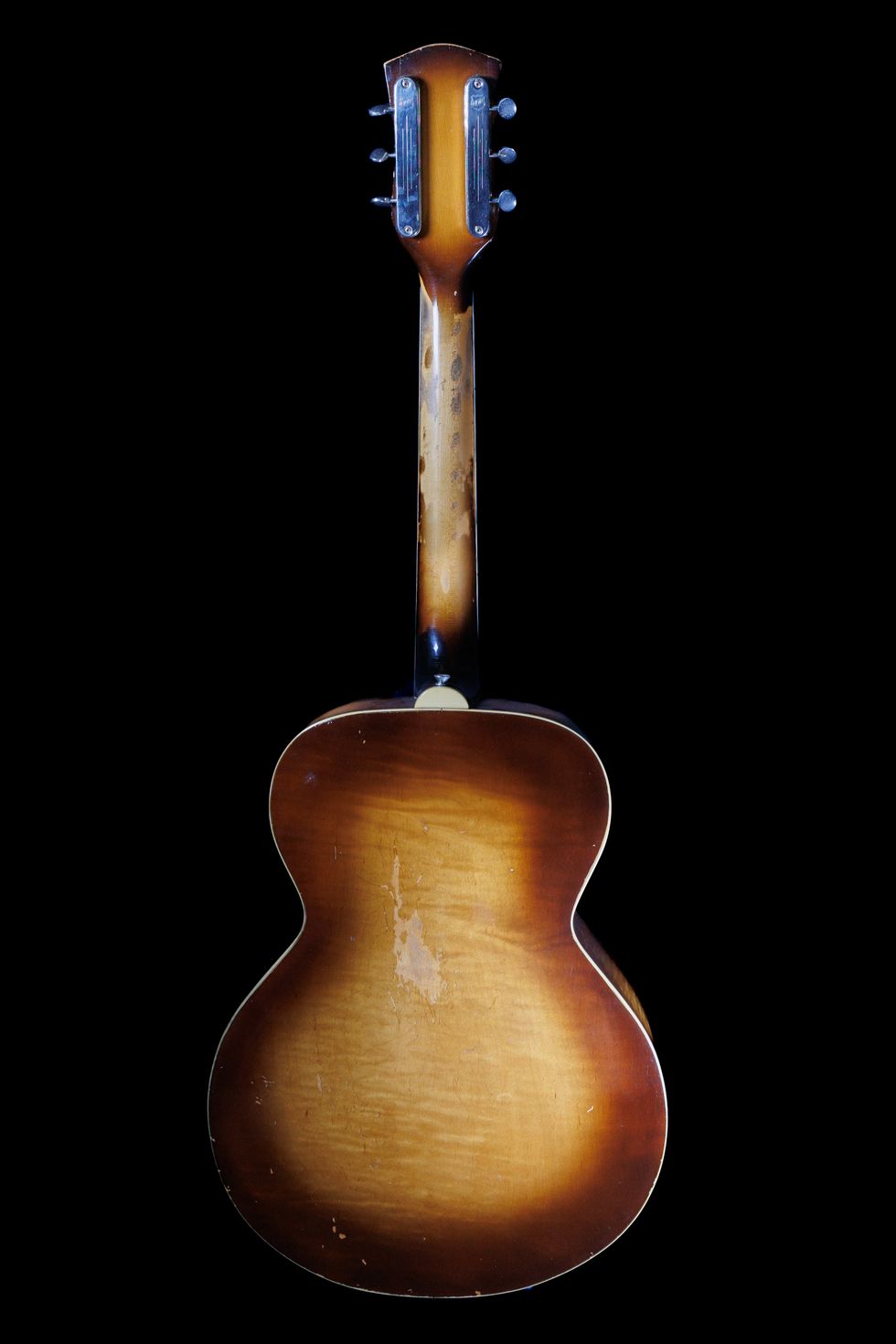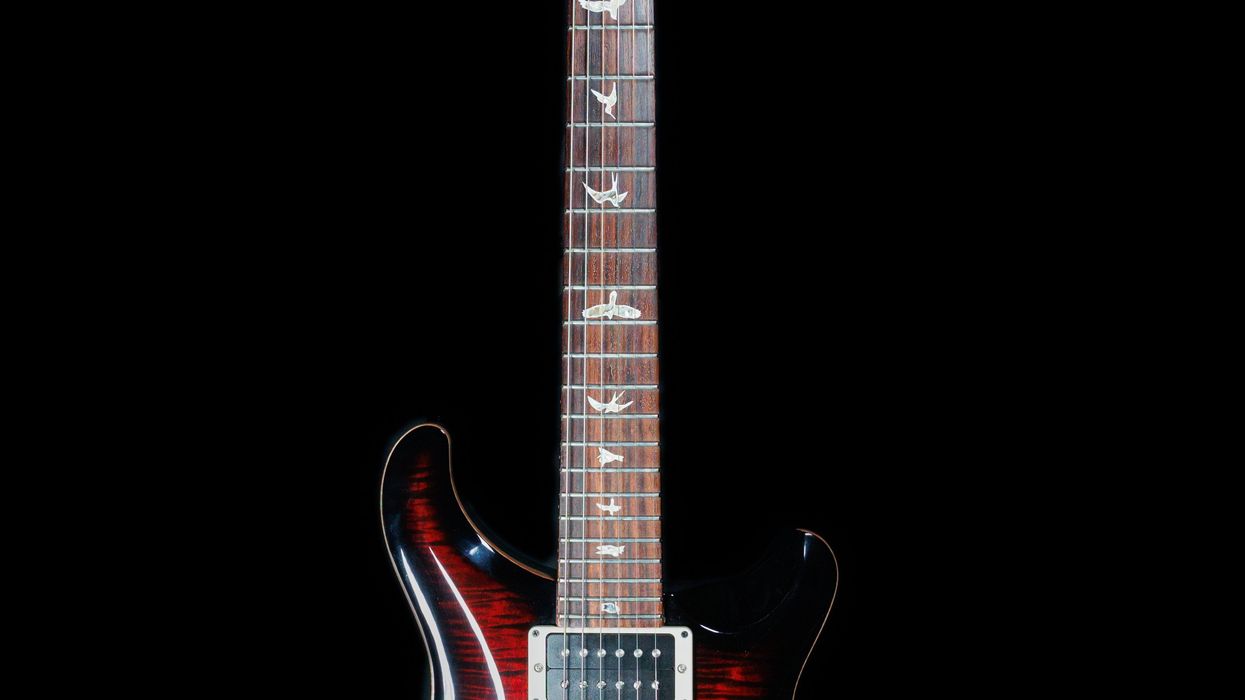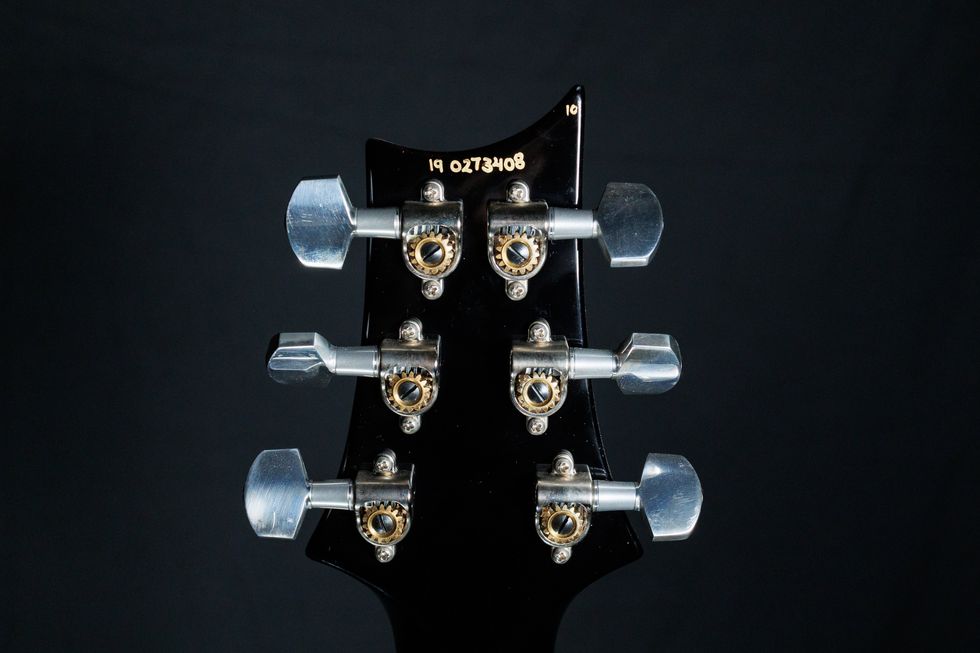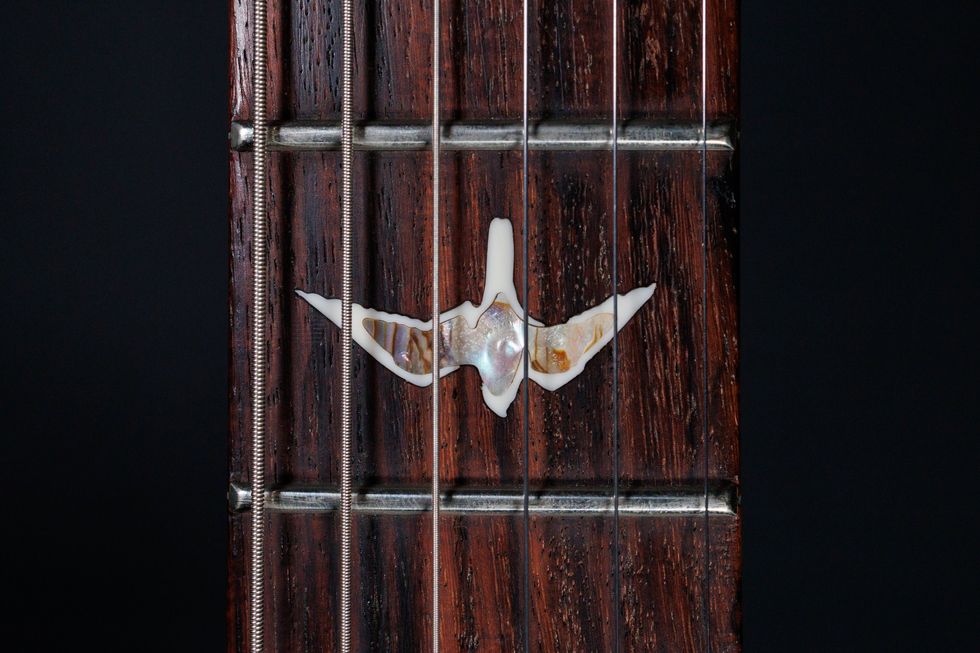If you were to thumb through an Ibanez catalog from 1975, you’d see exactly why this period for the company and other guitar builders in Japan is known as the “lawsuit era.”
The guitars that dot the catalog’s pages look an awful lot like Gibsons, Fenders, and Rickenbackers. And these lookalikes are not mere homages inspired by classic shapes. Ibanez’s offerings represent very specific models within other brands’ then-current lineups. For example, its Les Paul-style guitars represent sunburst Standards, Customs with split-diamond headstock inlays, and even a ’70s oddity—the Les Paul Recording model.
But in Ibanez’s Custom Series, you’d see some designs you can't place so easily, including the 2662. An example of this rarity is now listed for sale on Reverb by the Austria-based Gregor Svend, and serves as the focus of this month’s column.
The 2662’s tulip-shaped body has some similarities to other Ibanez 26XX-series guitars, like the Artist Series 2680s and 2681s built for the Grateful Dead’s Bob Weir, yet the horns are nearly flattened. (At first, it appeared to us to be an original design, but thanks to a hawk-eyed reader, we now know the 2662 is based on the Greco RW-700, a Ron Wood Signature released the year prior.)
“By the 1976 catalog, the 2662 had disappeared completely. What a short, strange trip it must’ve been.”
In Ibanez’ 1975 Custom Series leaflet, where the 2662 made its first appearance, only its bare specs are shared: 41.5" total length, 17" x 13.75" body, Super-Humbucking pickups, a rosewood fretboard on a set neck, pearloid inlays, a brown sunburst finish, and gold hardware, including Smooth Tuners tuning pegs, a chunky bridge, and that wonderfully unique tailpiece. The control layout features two volume knobs, two tones, and a 3-way pickup selector switch.
But unlike those aforementioned Weir models, the 2662 did not catch on—perhaps because Ibanez didn’t really give it a chance. In the 1975 catalog, there is no price listed for the 2662. (Other 26XX guitars then available ranged between $391 and $631, with the 2662 likely landing on the higher end.) And by the 1976 catalog, the 2662 had disappeared completely. What a short, strange trip it must’ve been.
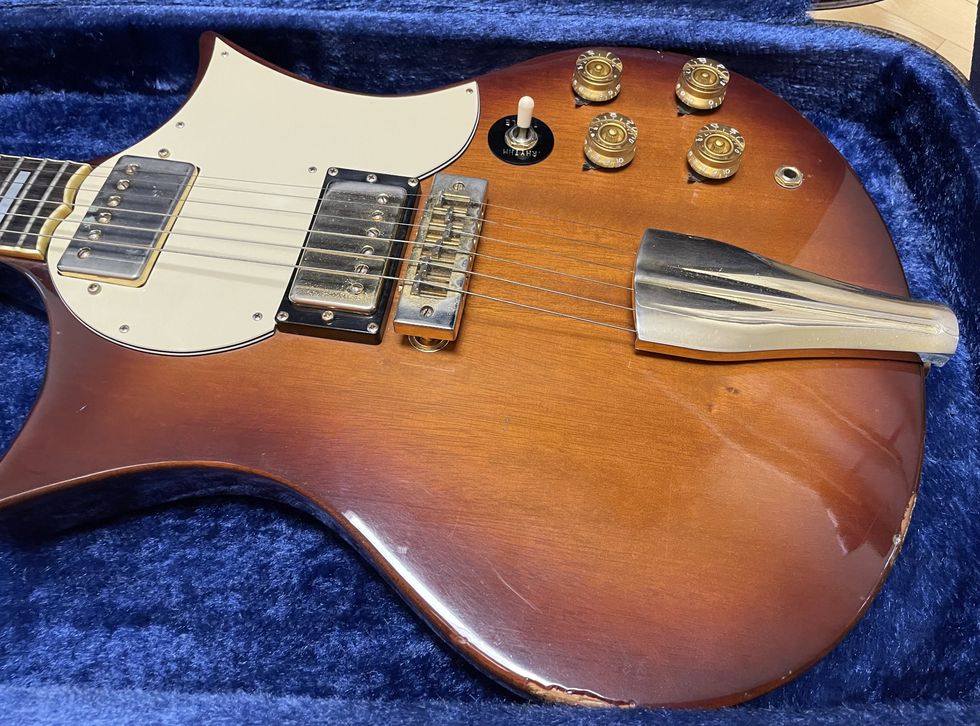
The pickup selector location could be easy to access or in the way, depending on a player’s right-hand approach, but the trapeze-type tailpiece invites some extended techniques on such a trimmed-down solidbody.
Exactly how many 2662s were ordered and built is not known, though they don’t pop up for sale very often. We’ve only seen two hit our site, and the other was not branded as Ibanez but as Mann, a brand name for a Canadian importer of Ibanez guitars in the ’70s. Fans of the guitar speculate that only a handful of 2662s exist, though that rarity has not led to astronomical asking prices when they do show up on the vintage market. We've seen exactly one Greco RW-700 change hands on Reverb, for the equivalent of roughly £1,300 (or a little more than $1,500).
This particular 2662 was originally listed for €3,800, but at the time of this writing had been price-dropped to €2,600 (or about $2,800). That new asking price is in line with the fancier of the two Weir-associated models (1970s 2681s average around $2,700) and a little less than the roughly $3,200 buyers spend, on average, for the Ibanez 2837CT, a korina V-style unveiled alongside the 2662 in Ibanez’s 1975 Custom Series.
Lawsuit-era guitars of all kinds seem to be getting more and more attractive to buyers, since they offer a relatively affordable entrypoint into the world of vintage guitar collecting. Can this column spark a revival for the obscure and cool 2662 (or, for that matter, the Greco RW-700)?
If a lawsuit-era guitar can command such interest, we wonder: Can this column help spark a revival for this obscure and cool Japanese original?
Sources: Ibanez catalogs from 1975 and 1976, Reverb listings, and Price Guide sales data.
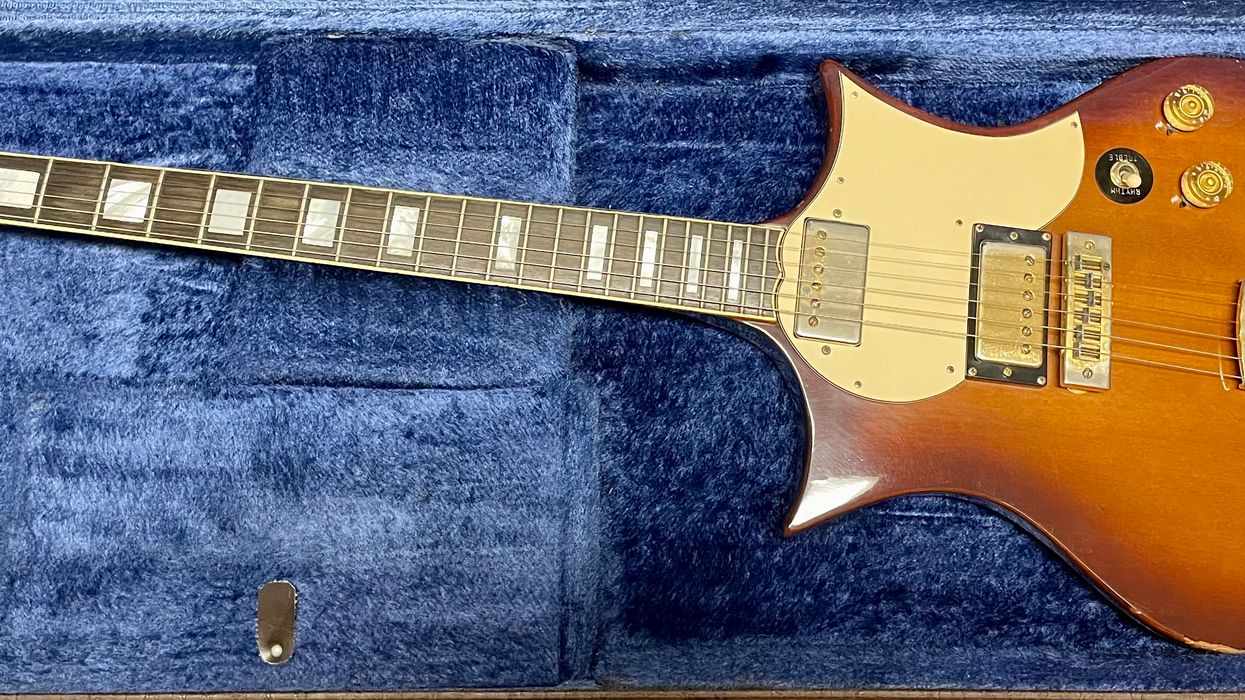

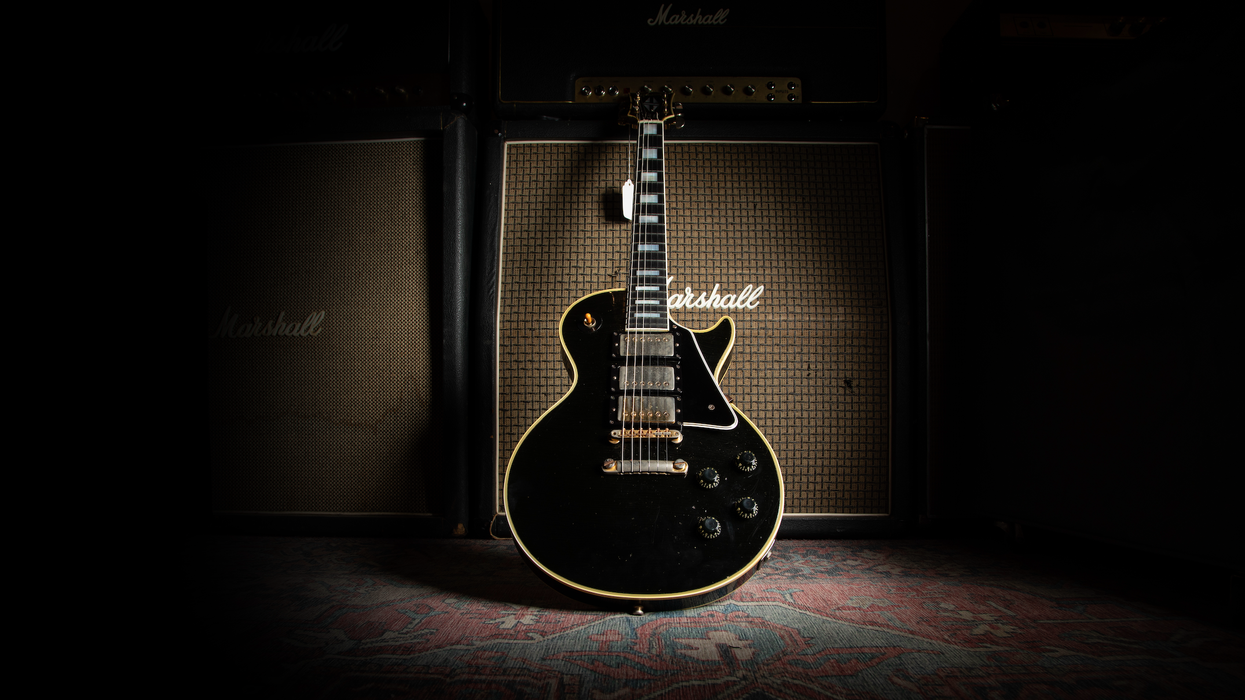
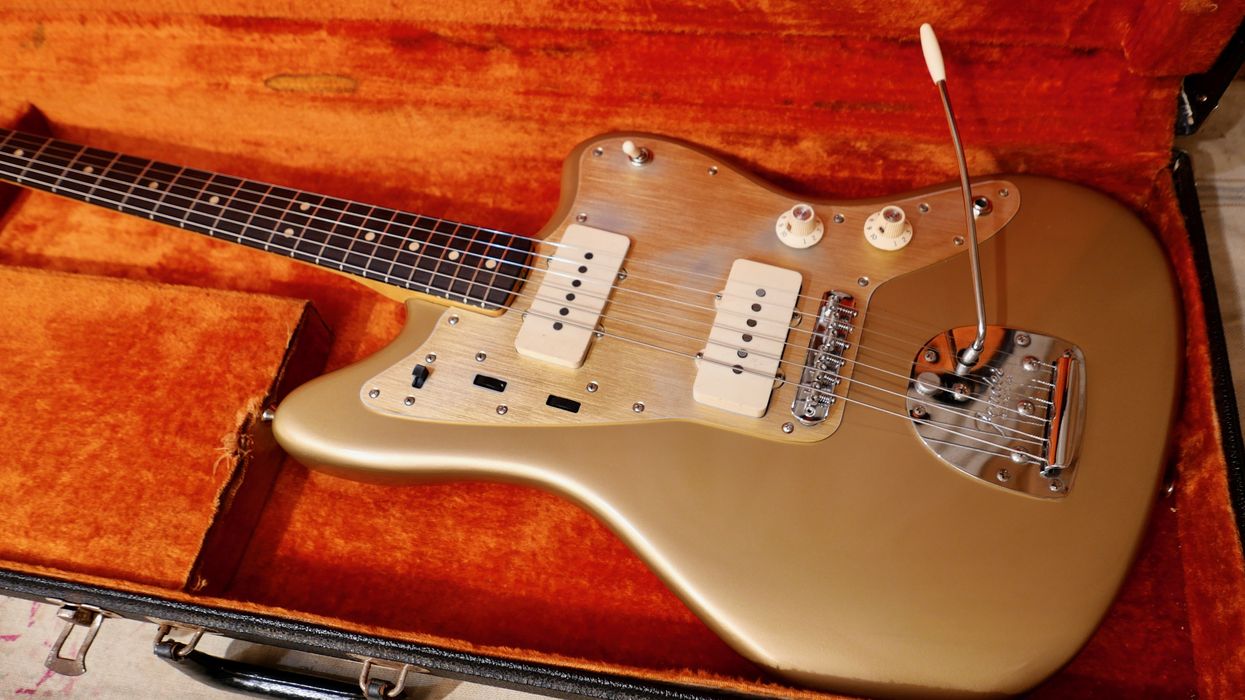
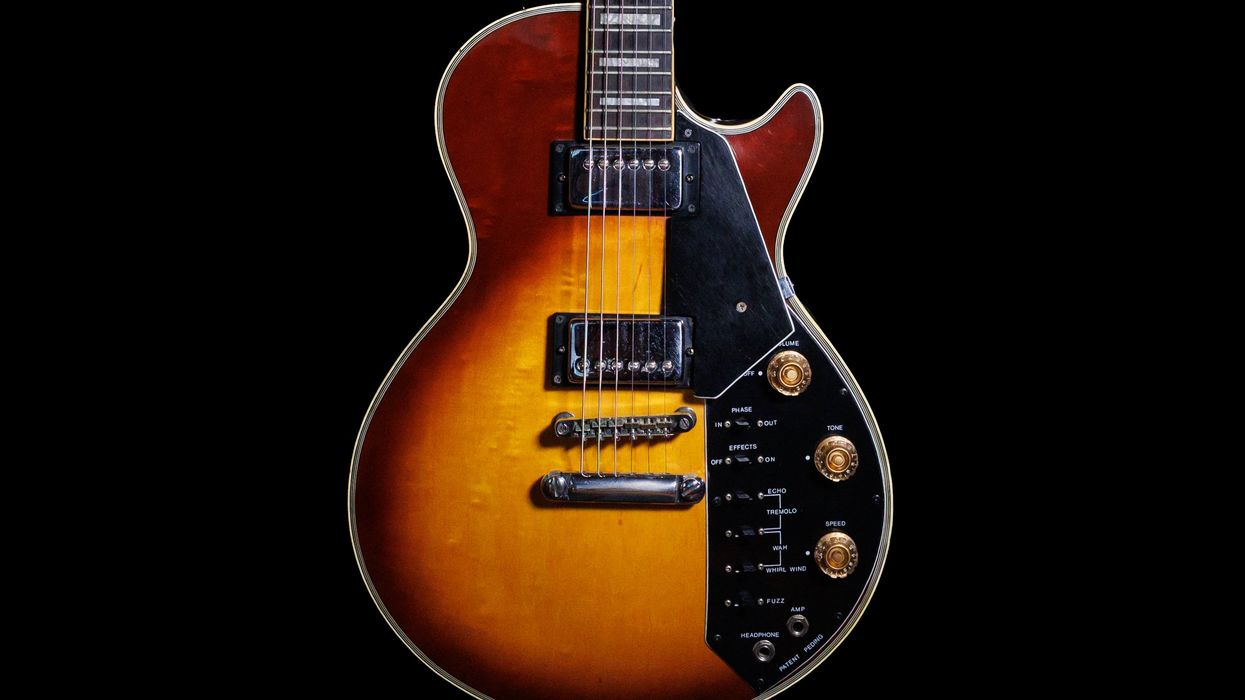

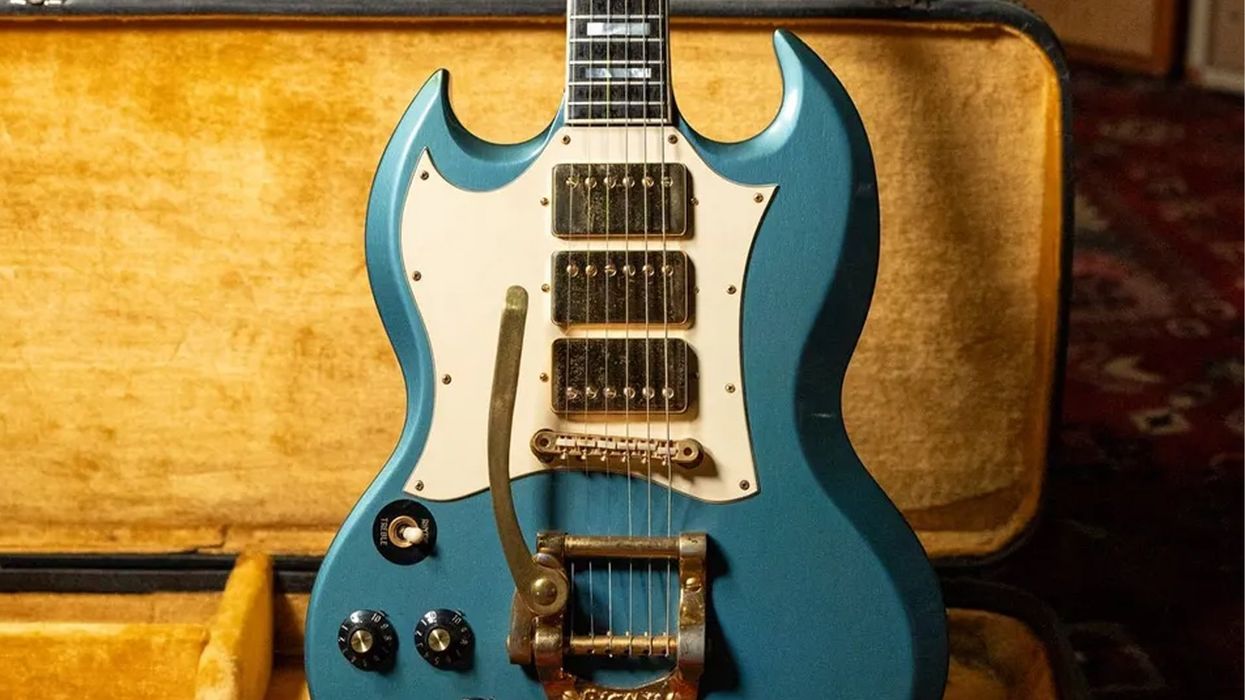

 Whether or not Jimi Hendrix actually played this guitar might come down to how lucky its buyer feels.Photo courtesy of Imperial Vintage Guitars Reverb Shop
Whether or not Jimi Hendrix actually played this guitar might come down to how lucky its buyer feels.Photo courtesy of Imperial Vintage Guitars Reverb Shop